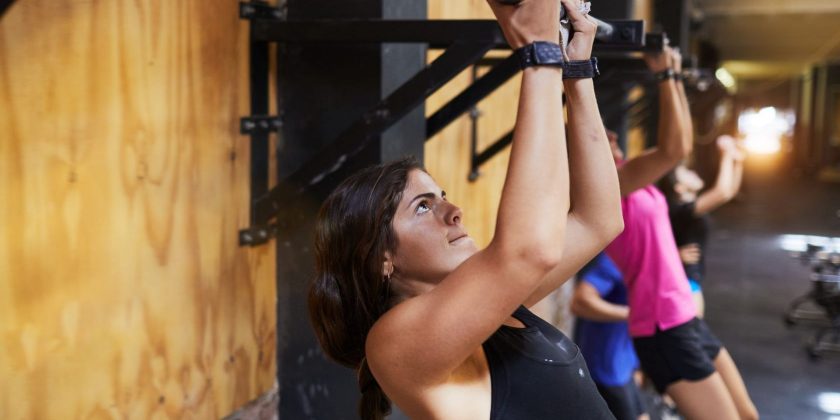Is it normal to have some muscle groups that are so much stronger than others?
Can you squat your bodyweight but struggle to do a chin-up? Perhaps you find it difficult to progress in hamstring exercises, but when it comes to quad moves, you’re piling on the plates each session.
Many of us have these different strengths and weaknesses – but do you have to settle with those imbalances? Or is there anything we can do about muscle distribution?
Muscle distribution in women
Studies, such as a paper in the Journal of Applied Physiology from 2000, have found that women generally tend to hold more muscle in their lower bodies compared to men.
There are plenty of reasons why this might be the case: namely, that we need wide and strong hips for pregnancy and childbirth.
You may also like
Why does exercise feel easy one day and hard the next?
But there can also be differences in distribution from person to person. For example, your biceps might be strong but you always struggle with tricep extensions.
“A lot of it comes down to genetic make-up,” says Martena David, personal trainer at Gymbox. “We will all have muscles that tend to be easier to activate than others, and because of that we’ll probably feel a lot stronger in some areas, be able to lift heavier in those areas and put those muscles under more stress so they break down and rebuild faster.”
But our lifestyles can also make a difference. “The way most of us live now is quite sedentary, with a lot of sitting down. That tends to result in things like tight hip flexors or underused glutes,” she says. And depending on your preferred type of training, you might naturally be building more dominant muscles – whether you intend to or not. For example, runners tend to be more quad dominant, while regular spinners will have powerful hamstrings.

So, should we be worried if some muscles fail to get much stronger? “Everyone has imbalances, whether it’s top to bottom or left to right. If you’re, say, naturally stronger in your lower body as opposed to your top, it’s not necessarily an issue. But we do want to be aiming for a body that’s balanced,” says David.
“You absolutely should work towards strengthening your weak areas, and if that means you spend more time working on your weaker upper body than your naturally strong lower body, that’s fine. But we still don’t want to neglect the dominant muscles because they have strength for a reason.”
How to build strength in stubborn muscles
“The funny thing is, nobody likes training their weak areas because we know we’re not good at it. Naturally, human nature is to stick to what we’re good at. So the first thing is to identify your weaknesses and then spend longer working on it,” says David.
You may also like
3 stretches to strengthen weak wrists at the start of your workouts
While consistency and focus is the main way to build strength, there are some training methods that can help you with stubborn muscles.
Unilateral work
“Doing single side work is great for reducing any clear imbalances,” says David. That means moves such as split squats or single arms rows – anything where one side is under load while the other isn’t.
Accessory work
Big, compound moves are always important. But because they recruit a lot of muscles at once, your strongest areas will end up taking over. Isolating the weaker muscles is important, then. For example, if your glutes are weak, your quads will probably be used to support your weight during squats. Glute isolation work – like clams or bridges – will strengthen the muscle without letting other, stronger areas take the load.
Supersets
Performing a superset can be really useful in order to fatigue certain muscles before using other muscles. Read the Strong Women guide on using supersets to find how to pair your exercises to get the most from your sessions.
Images: Getty
Source: Read Full Article
